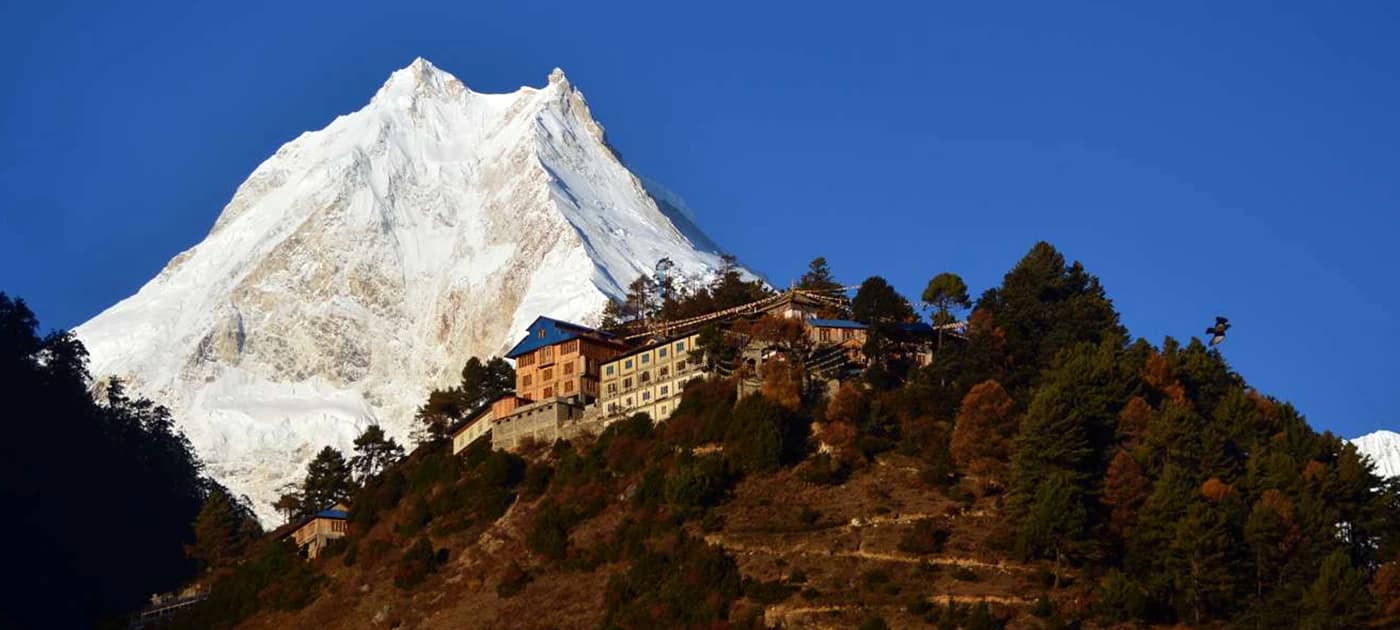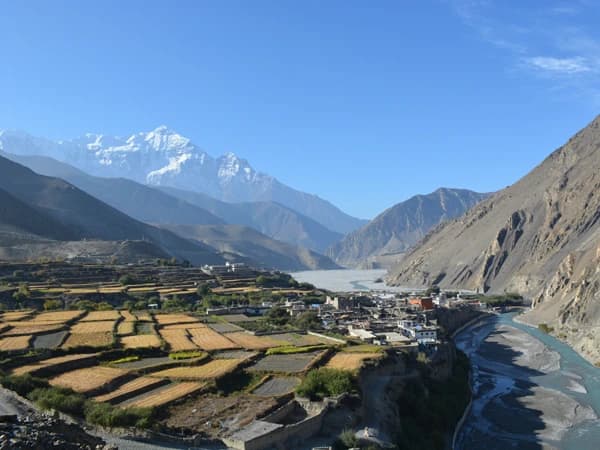Do you have a climbing or outdoors on your plan? Mapping out your wild sustenance needs essential: There's a bounty to consider other than basically getting a vitality bar or a container of water. Pursue these tips to guarantee you have a sustaining and safe sustenance encounter on your next open-air experience.
What kind of snacks and bars you should take with yourself on the trek?
Have a Plan
Your nourishment and water needs are commonly higher than expected on movement based journeys. Give careful consideration to pressing a lot of liquids for sweltering climate undertakings.
Some other key contemplations previously your climbing or outdoors trip include:
- Length of the outing
- What sustenances and refreshments you'll convey
- How you'll eat and drink
- If bringing a cooler is an alternative
- What nourishment related apparatuses you'll require
It's Essential to Stay Hydrated
Pre-hydrate by drinking somewhere around some water before a climb so you have less to convey. At that point, a great principle guideline is to get ready for around 2 measures of liquid for each hour of climbing.
Snacks you should carry during Hike or Day Trip
During hike or a day trip, you really should pack short-lived sustenances, for example, sandwiches, simply make certain you have a virus source, (for example, an ice pack) to keep nourishments legitimately chilled to beneath 40°F. The more you stash in a knapsack, the harder it is to climb, so pick basically for durable nourishments that are moderately lightweight and supplement thick, for example:
- Nuts, seeds, nut-based bars or nut margarine packs
- Dried or stop dried foods grown from the ground
- Energy bars, bites or gels
- Granola or granola bars
- A ready-made fish serving of mixed greens pockets
- Whole-grain tortillas
- Poultry, salmon or meat jerky
Snacks you should pack during Camping or Multi-Day Trips
It's somewhat more difficult to pack sustenance for quite a long time during camping or multi-day trip. The main day you'll have the capacity to eat short-lived nourishments; however, from that point forward, outline your suppers so you'll have what you appreciate and require. On the off chance that you have a cooler, you'll have various alternatives.
Something else, incorporate any of this rack stable, effectively stuffed nuts and bolts to continue you:
- Easy-to-convey nourishments referenced previously
- Ready-to-eat grain
- Fruit or vegetable puree in squeezable pockets (indeed, similar to child sustenance)
- Poultry or fish pockets, or canned fish, poultry or meat in individual or ordinary servings
- Individual parcels of mayo, mustard, taco sauce or potentially soy sauce
- Whole-grain pasta, couscous, rice blend, hotcake blend, hot oat, dried soups and got dried out sustenances (in the event that you can bubble water)
- Marshmallows — for an open-air fire dessert, obviously
- Bottled water, and perhaps powdered drink blends
- Bear in mind Proper Food Safety Practices
Keep in mind that transitory sustenance can't be kept out in sweltering climate (90°F or higher) for over 60 minutes; in mellow climate for over two hours. Bring these sustenance security fundamentals:
- Disposable wipes, sodden towelettes or biodegradable cleanser
- Bowls and plates
- Kettle or cooking pot
- Eating and cooking utensils
- Can opener
- Ice packs, if appropriate
- Trash sacks
- Portable water channels or water decontamination tablets
- Thermometers for cooler and cooked meat, if appropriate
- And pursue these nourishment security rules:
- Wash hands frequently. This incorporates when eating. Sodden towelettes work fine.
- Keep crude meats and prepared to-eat nourishments independent. Utilize additional plates that you've stuffed — one for crude and one for arranged nourishments.
- Cook to appropriate temperatures. Utilize a sustenance thermometer to make sure cooked nourishment has achieved a safe inner temperature.
Refrigerate speedily underneath 40°F. Obviously, in the event that you don't have an ice chest, pack transient sustenance, including meat or poultry, with a lot of ice or ice packs in an all-around protected cooler to keep the temperature underneath 40°F. Store scraps in the cooler just on the off chance that regardless it has ice. What's more, keep the cooler in as cool a place as could be expected under the circumstances.






